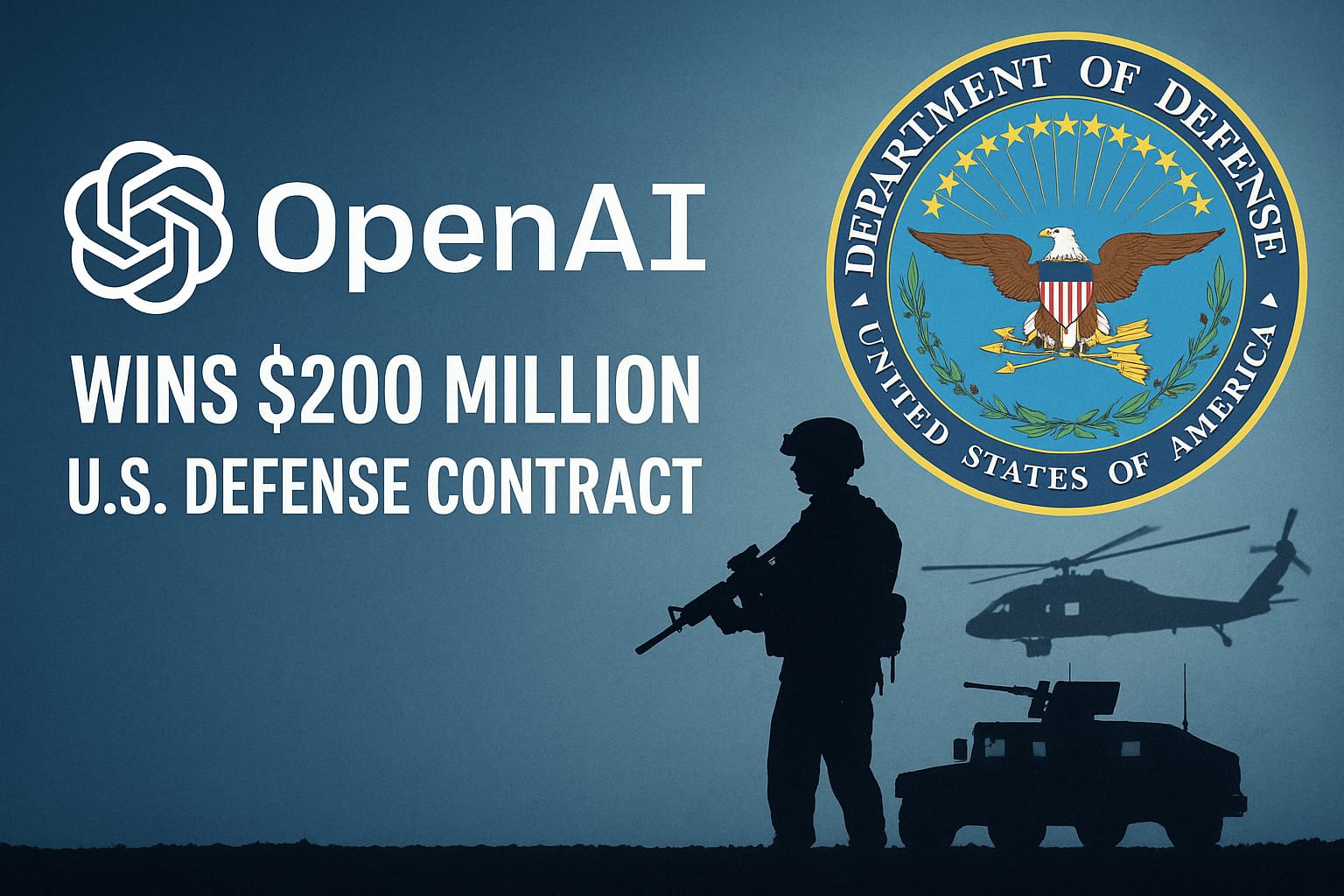According to news reports, the Trump administration has identified DeepSeek for potential banning while undertaking its federal initiative to combat Chinese technology companies for national security reasons. The United States may initiate a ban on DeepSeek as part of its ongoing efforts to fight against Chinese tech firms, and this move would signal an expansion of the U.S.-China tech conflict.
We need to understand what DeepSeek represents and its reasons behind the current assessment process. A potential suspension of AI development by DeepSeek along with its implications for global technological competition stands as a question regarding American-Chinese diplomatic relations. Knowledge about the matter will come to you via the following information.
What Is DeepSeek?
DeepSeek operates as a Chinese organization that develops Large Language Models (LLMs) such as Google Gemini and OpenAI’s ChatGPT. The advanced AI capabilities of DeepSeek attract global interest because the company provides open-source models with benchmark performance that matches leading competitors.
Key Features of DeepSeek:
- DeepSeek differs from Western AI firms because it publishes multiple AI models through open-source distribution.
- The company performs at a comparable level with the best commercial AI systems across language processing and problem-solving capabilities.
- The company forms relationships between government entities and private sector partners even though Chinese military surveillance connections remain unproven.
Why Is the U.S. Considering a Ban?
The Trump presidency has demonstrated intense opposition toward Chinese technology enterprises because of three main factors:
1. National Security Risks
- Concerns about Data Privacy exist because U.S. officials fear DeepSeek’s AI technology could serve espionage activities and data collection efforts.
- National security concerns have increased because U.S. officials perceive China’s practice of incorporating military technology into civil applications as a threat.
2. AI Dominance Race
- The U.S. needs AI dominance so it plans to keep Chinese competitors from blocking its position of leadership while China attempts to advance in this field.
- The advanced features developed by DeepSeek would present challenges to the ongoing United States leadership position in both commercial markets and defense industries.
3. Precedent Set by Previous Bans
- The United States has implemented several restrictions that prohibit Huawei alongside other Chinese companies including TikTok, ZTE, and chip manufacturers in addition to semiconductor exports.
- DeepSeek stands to become the latest sector targeted by this existing blocking strategy.
What Would a Ban Look Like?
Potential measures could include:
- The United States would restrict its companies from conducting any business activities with DeepSeek.
- U.S. cloud infrastructure providers AWS Google Cloud and Microsoft Azure must not provide service access to DeepSeek.
- The Commerce Department would place DeepSeek into the Entity List which would stop the company from receiving U.S. semiconductor components and software products.
Possible Consequences
For the U.S.
✅ Pros:
- Reduced risk of AI-driven espionage.
- Protection of U.S. AI leadership.
❌ Cons:
- Could stifle global AI collaboration.
- The prohibition might lead China to enact parallel bans affecting U.S. technology companies operating in its territory.
For China
✅ Pros:
- China may speed up its initiative to develop AI independence.
- The restriction may direct more Chinese companies to develop their domestic AI solutions which include DeepSeek together with Baidu and Alibaba’s AI development initiatives.
❌ Cons:
- The unjustified blocking of U.S. technological capabilities might potentially delay technological advancements.
- Further isolates China’s tech ecosystem.
For the Global AI Industry
- The implementation of this ban would intensify the existing separation between Western AI programs and Chinese AI initiatives.
- The implementation of this system risks creating a divide that separates AI model use by geographical areas.
What’s Next?
- Monitoring announcements that come from the White House alongside the Commerce Department will yield crucial information.
- The United States will face a response from China through a potential ban implementation against American AI organizations.
- The trade restrictions against Chinese AI startups will impact how other firms like Moonshot AI and 01.AI will be monitored by regulators.
Final Thoughts
The possible DeepSeek prohibition serves as another development toward U.S.-China technological conflict. Its intention to safeguard national security produces a negative side effect of severing global AI advancement. The escalating tensions are likely to lead the globe toward two separate AI environments that each have China and the United States as their leaders.
The establishment of a DeepSeek ban would the United States more secure or accelerate Chinese advancements in artificial intelligence independence? Only time will tell.






